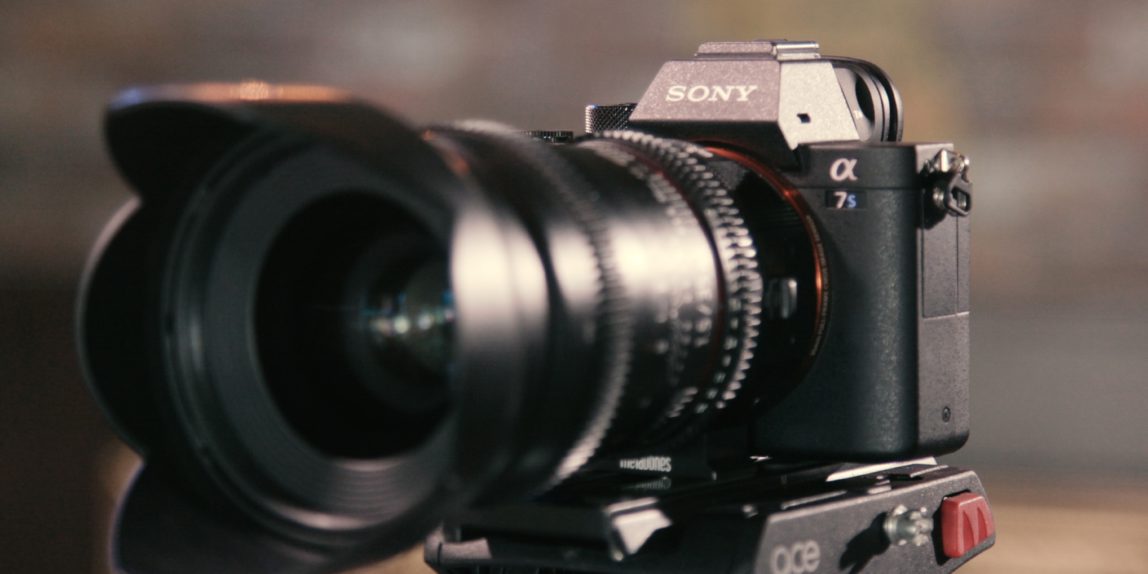

Input may receive a portion of sales if you purchase a product through a link in this article. Likewise, the 2x crop on Micro Four Thirds cameras lends itself to telephoto lenses, so there are some very tempting options for people with these systems as well. Tamron has long led the superzoom category, but there are some new offerings from Canon and Nikon that fill the same niche. Sony’s FE 24-240mm f/3.5-6.3 OSS lens is notoriously soft and slow, but other superzoom lenses made in the 2010s and more recently are actually very good. Best Standard Lens While the Zeiss 24-70 f/2.8 SSM is considered the standard lens for the A99 and one of the best lenses you can buy for this purpose.


I love shooting wildlife the most but will happily point my camera at pretty much anything. Native E-mount lenses from Sony typically offer the best autofocus performance, although Tamron are not far behind and Sigma’s offerings are also pretty impressive. Tamron E-Mount Lenses Guide + Latest Firmware Updates. Just to be clear, Sony full-frame lenses which are abbreviated FE are compatible with Sony’s full-frame and APS-C mirrorless cameras that utilize Sony’s E-mount system. So why isn’t everyone using these highly versatile lenses? Well, historically they’ve been terrible. 15 Best Sony Full-Frame (FE) Lenses in 2023. They’re called superzooms, or all-in-one lenses. Certain content was provided "as is" from Amazon and is subject to change or removal at any time.Did you know that there’s an entire genre of lenses that are designed to cover basically every focal length you could possibly need? They start wide, usually 24mm or 28mm, and go all the way past telephoto, often to 200mm and beyond. These offer amazing sharpness and very nice zoom ranges, though they’re also extremely expensive.ĭisclosure/Disclaimer: As an Amazon Associate, we earn from qualifying purchases. If you want something with better optics and low-light capabilities, prime lenses like the Sony FE 24mm f/1.4 GM, the Sony Sonnar T E 24mm f/1.8 ZA, and the Sony E 15mm f/1.4 G are solid picks.įinally, professionals have two outstanding options: the Sony FE 16-35mm f/2.8 GM and the Sony FE 12-24mm f/2.8 GM. Sony has some incredible wide angle models for all budgets and photography types, but which is right for you? That really depends on the type of photos you want to take, how much you want to spend, and whether you prefer a prime or a zoom lens.įor beginners and folks looking for their first non-kit lens, the Sony FE 24mm f/2.8 G, the Sony E 20mm f/2.8, and the Sony E PZ 10-20mm f/4 G are all fantastic options that won’t break the bank.

Pick the Right Sony E-Mount Wide Angle Lens! It doesn’t have any image stabilization and the autofocus could be better, but you shouldn’t run into serious issues unless you try to photograph moving subjects. The f/1.4 maximum aperture makes this lens ideal for low-light photos it’s a great pick if you want to capture nighttime cityscapes or street scenes. I find the lens easy to carry, too, since it weighs next to nothing. No, it’s not ultra-wide territory, but you can still capture sweeping landscape images. This lens is designed for APS-C cameras, so the 15mm focal length gives you 22.5mm of effective reach. If you want even more of a bargain, you can scoop up the original Xeen lenses for around 1,800 each, which are also available in Sony E-mount. Sony E 15mm F1.4 G APS-C Large-Aperture Wide-Angle G Lens ( Images from Amazon) Better yet, each focal length costs under 2,500.


 0 kommentar(er)
0 kommentar(er)
